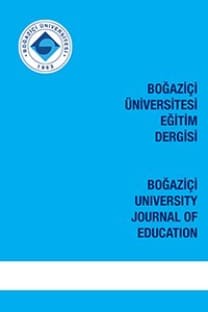Uses of Narrative in English Language Studies: Cognition, Culture, and Narrative
Uses of Narrative in English Language Studies
___
Alptekin, C., & Erçetin, G. (2011). Effects of working memory capacity and content familiarity on literal and inferential comprehension in L2 reading. TESOL Quarterly, 45(2), 235-266.Barkhuizen, G. (2011). Narrative knowledging in TESOL. TESOL Quarterly, 45(3), 391-414.
Botting, N. (2002). Narrative as a tool for the assessment of linguistic and pramatic impairments. Child Language Teaching & Therapy, 18, 1-21.
Fish, S. (1980). Interpreting the variorum. In J. P. Tompkins (Ed.), Reader-response criticism from formalism to poststrucluralism (164-184). Baltimore, MD: The Johns Hopkins University Press.
Kaufman, D. (2004). Constructivist issues in language learning and teaching. Annual Review of Applied Linguistics, 2, 303–319.
Kintsch, W., & Rawson, K. A. (2007). Comprehension. In M. J. Snowling and C. Hulme (Eds.), The science of reading, (209-226). Malden, MA: Blackwell.
Piaget, J. (1962). Play, dreams and imitation. New York: The Norton Library, W. W. Norton & Company Inc.
Sinclair, J. (2004). Trust the text: Language, corpus and discourse. London, England: Routledge.
Yano, Y., Long, M.H. & Ross, S. (1994). The effect of simplified and elaborated texts. Language Learning, 44, 189-219. Doi: 101111/j.1467-1770.1994.tb01100.x
- ISSN: 1300-9567
- Yayın Aralığı: 3
- Başlangıç: 1976
- Yayıncı: Boğaziçi Üniversitesi
Learning by Experiencing the Space: Informal Learning Environments in Architecture Education
Ebru BAĞ, Leyla MARTI, Yasemin BAYYURT
First Language Change in Turkish-English Bilinguals
Back to Basics: What Do Parents and Teachers Expect of Early Childhood Education and Care?
Uses of Narrative in English Language Studies: Cognition, Culture, and Narrative
Psychological Counseling, Advocacy, Accountability and Technology
